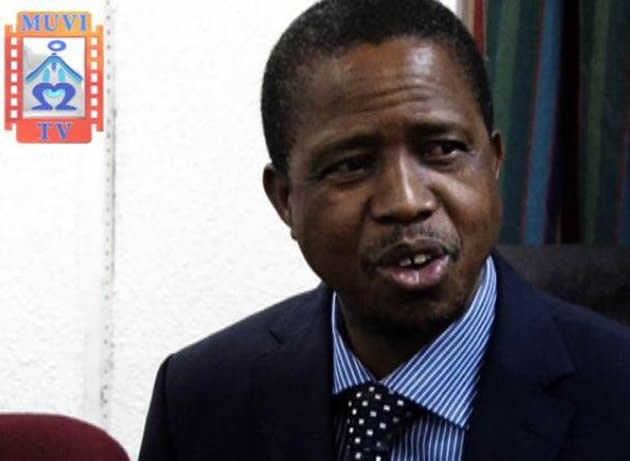Councils must upgrade ambulance services

Yoliswa Dube Features Reporter
Time is of the essence with each passing second being the deciding factor of whether a life is lost or saved.
The Bulawayo City Council Fire Brigade is usually the first to be called upon to respond to most accident scenes in and around the city.
But for those hoping to be administered with any medication, even pain killers, the department has the most depressing response: we don’t stock any medicines, our ambulance technicians are not allowed to administer any medication — they will only transport you to the nearest health institution; they are ambulance technicians not nurses.
Most will argue that what someone who has been involved in an accident needs is not just a fast driver but medical assistance as soon as the first responder arrives at the scene.
The problem is worsened by members of the public, who are clueless about first aid, and are usually the first to arrive at accident scenes.
They administer village medicine which is in most instances detrimental to the patient’s survival.
That, coupled with ambulance technicians who are equally inadequately equipped, presents major challenges.
A first responder is an employee of an emergency service who is likely to be among the first people to arrive at and assist at the scene of an emergency, such as an accident or natural disaster.
The first responder thus, in order to be rendered useful, must be adequately equipped and well-informed on how to deal with emergency situations.
Their job is to save life before a person is taken to a health institution.
Bulawayo Chief Fire Officer Richard Peterson said their ambulance technicians can only stop bleeding or mobilise broken limbs before transporting patients.
Only when absolutely necessary will they administer oxygen or fluids where there has been extreme loss of blood.
While it could be assumed that council ambulances, which only offer basic life support are not fit for service, Peterson believes they are capable of attending to horror situations.
“In terms of equipment, we’re well equipped but in terms of medication, it’s outside our scope of function.
“The service we offer is adequate because it’s a function of emergency. We deal with emergency situations and can handle them,” said Peterson.
He said they can’t administer painkillers because they can’t determine if there have been internal injuries as soon as they come into contact with a patient.
“In terms of dealing with horrific accidents, we’ll do first aid, if you require it.
“We don’t administer medication but we’ll do first aid.”
Other private ambulance services such as MARS, which offer advanced life support, are as good as an intensive care unit of a private hospital.
They will administer any medication which may be deemed necessary.
MARS has qualified personnel registered to administer medical assistance and will do so at the scene of the accident.
Unlike the BCC ambulance service which offers basic life support and merely “scoops and transports”, advanced level ambulance crews will stabilise a patient at the scene, before they are transported to the nearest health facility.
They will not demand payment upfront in the case of an accident or collapse.
“By law, you don’t ask for money first in the case of an accident or collapse.
“We offer whatever assistance is required and administer any medication which is deemed necessary,” said an advanced ambulance crew member who spoke on condition of anonymity.
He said there are three levels of care: basic life support, intermediate life support and advanced life support.
Ambulances can be grouped into types depending on whether or not they transport patients, and under what conditions.
In some cases, ambulances may fulfil more than one function, such as combining emergency ambulance care with patient transport.
Emergency ambulances — the most common type of ambulance, which provides care to patients with an acute illness or injury can be road-going vans, boats, helicopters or fixed-wing aircrafts known as air ambulances.
“Council ambulances offer transport only, they’re not allowed to administer any medication because they offer basic life support,” he said.
Mpilo Central Hospital acting clinical director Dr Solwayo Ngwenya said although different ambulance services have various procedures which have to be followed, they should have life-saving equipment.
“If they find you stable at the scene of an accident, they’ll simply transport you to the nearest health facility.
“Ambulance crews that don’t administer medication avoid doing so in case they worsen the situation because they’re not medically trained. But if they’re equipped, and you’re critical, they should do all they can to save your life,” said Dr Ngwenya.
In most countries, emergency ambulance services are dedicated to providing out-of-hospital acute medical care, transport to definitive care, and other medical transport to patients with illnesses and injuries which prevent the patient from transporting themselves.
The goal of most emergency medical services is to either provide treatment to those in need of urgent medical care, with the goal of satisfactorily treating the presenting conditions, or arranging for timely removal of the patient to the next point of definitive care.
Ministry of Health and Child Care communications manager Donald Mujiri said he did not readily have the information as to why council ambulances have failed to upgrade their services from basic to advanced life support but admitted government hospital ambulances were incapacitated.
He said most government hospital ambulances were donated and after the initial equipment is exhausted, the government cannot afford to re-stock.
“It goes back to the failure by treasury to meet our needs.
“The government has no resources. Because we get these ambulances as donations, after the initial supply of equipment and medication is exhausted, we’ve no capacity to replace or keep the ambulances running efficiently.”











Comments